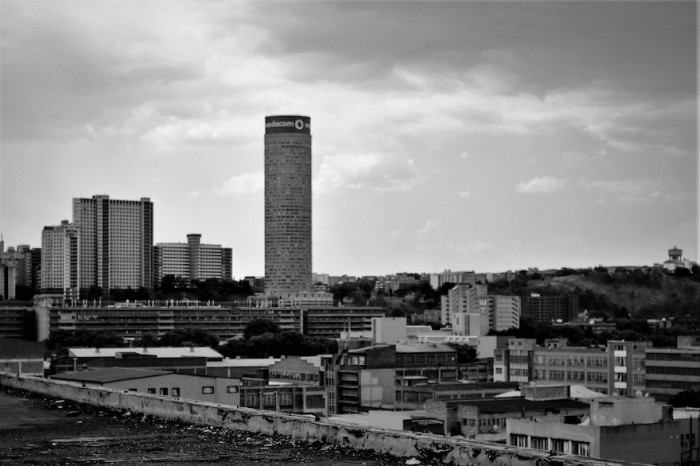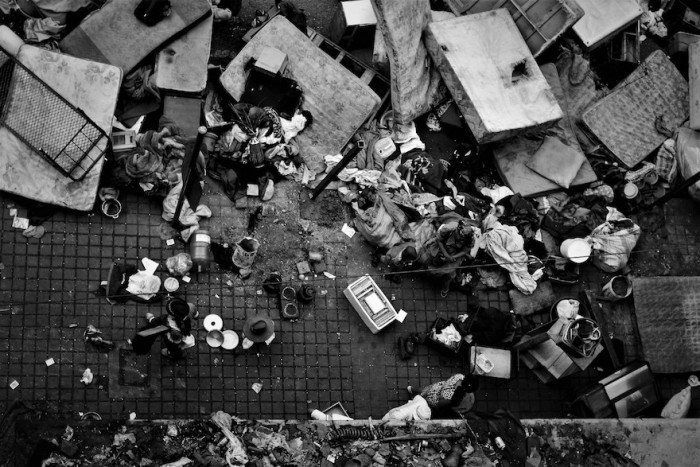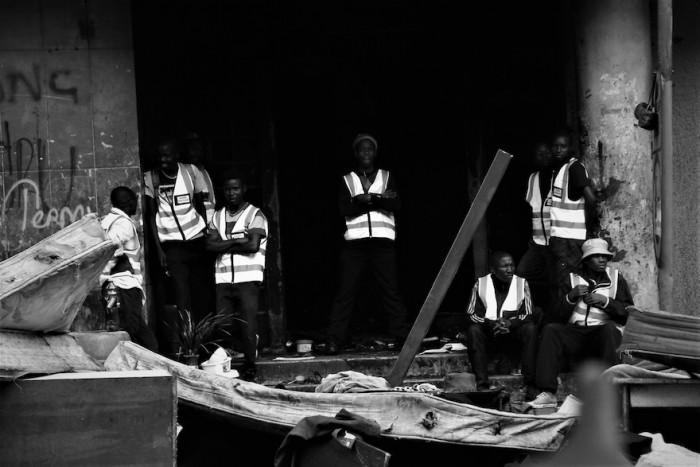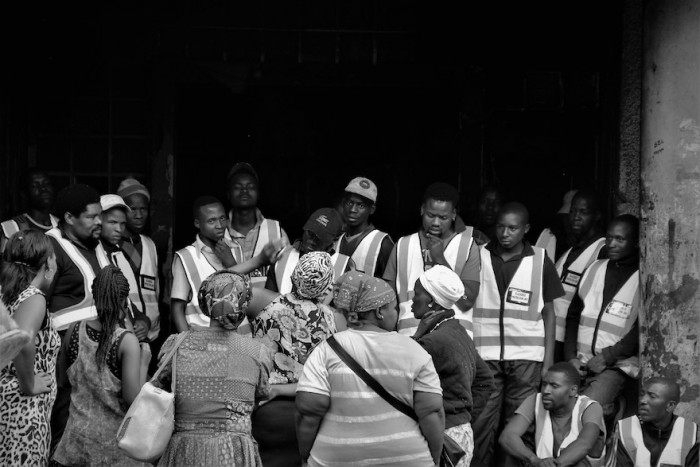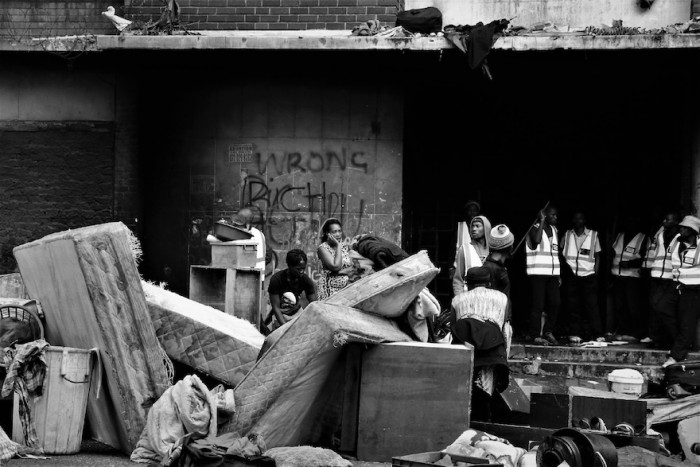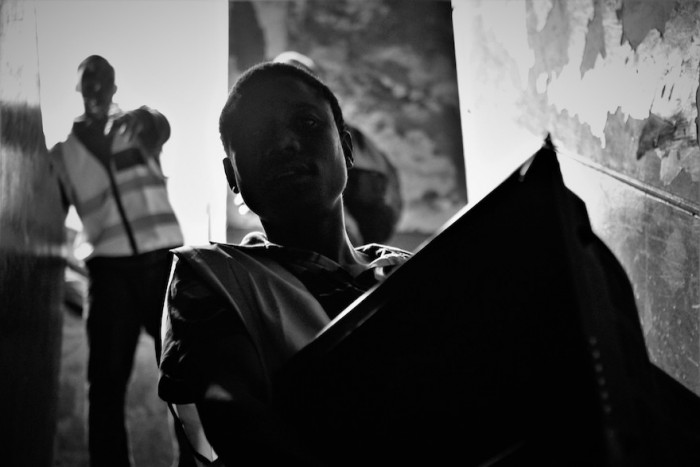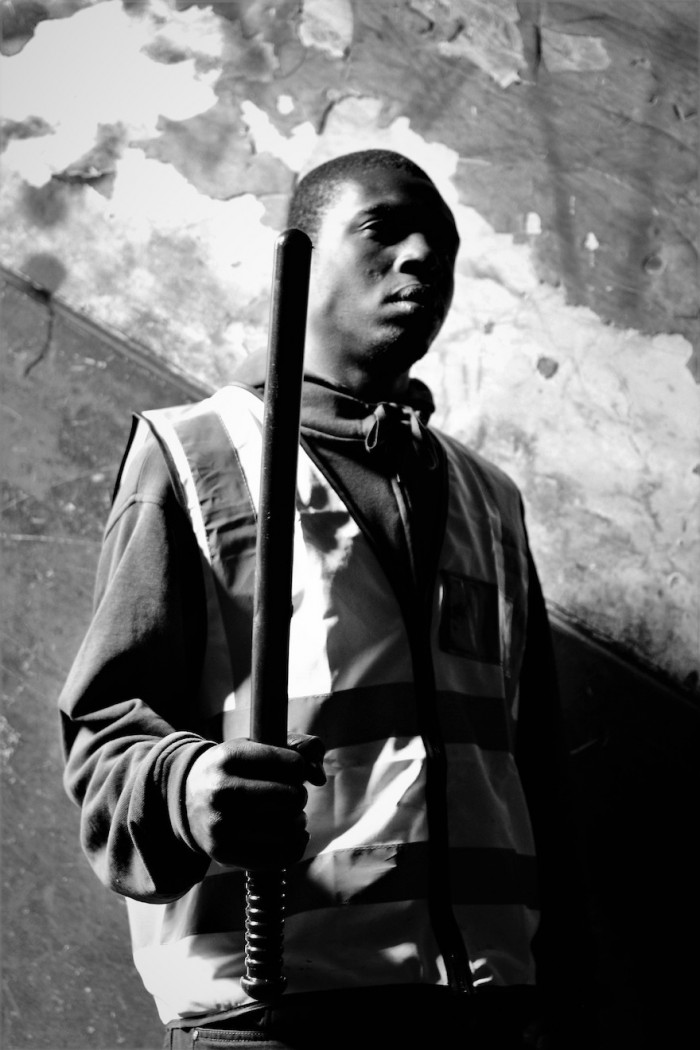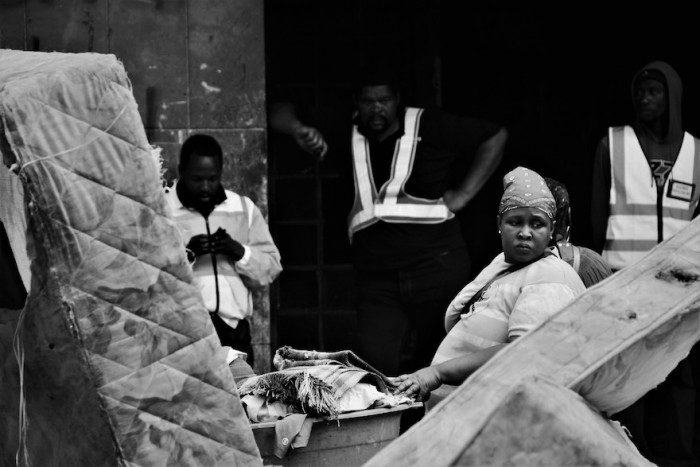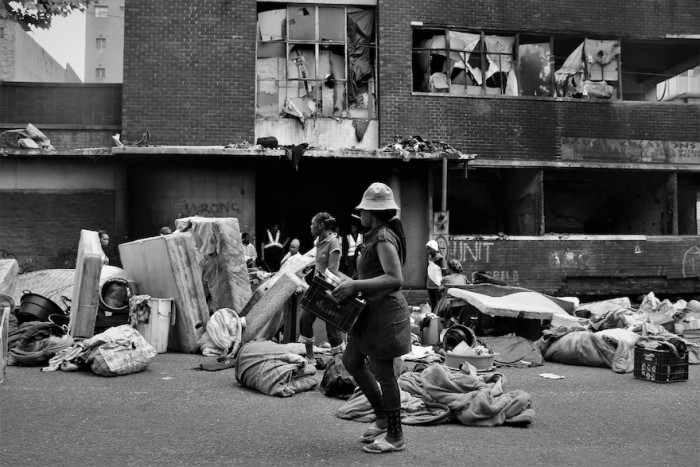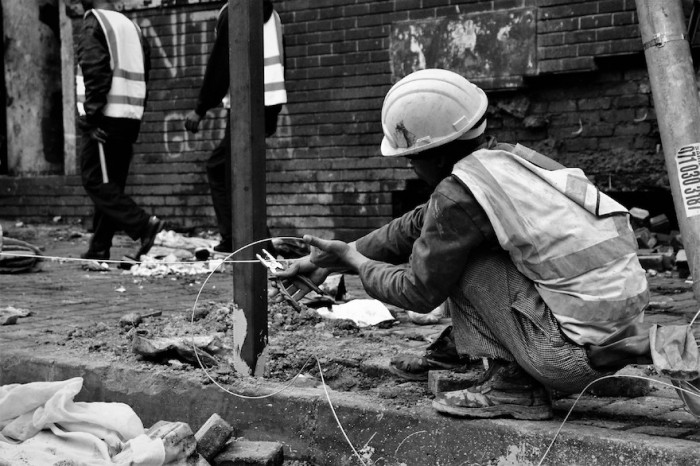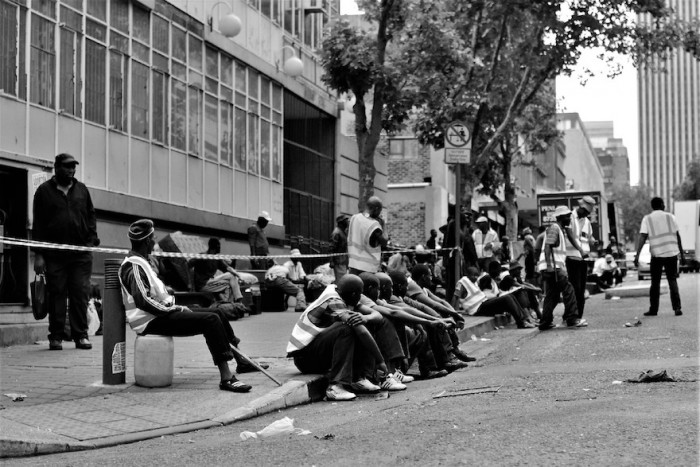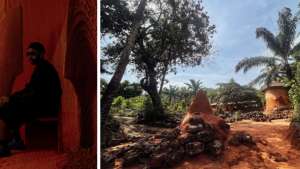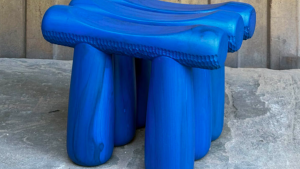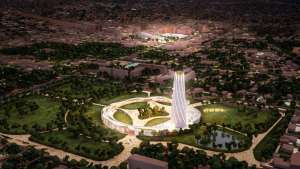From the rapidly gentrifying districts in the United States to what’s been called “aggressive social cleansing” in Sydney, Australia, gentrification pushes the poor out of the inner cities and into the periphery. It's no secret that people of colour, especially migrants, are the most affected when property prices rise in neighbourhoods across the world.
According to a recent article in the Business Day the poor pay the heaviest price for gentrification, "the latest research indicates that nearly half of the people living in the [Johannesburg] CBD earn less than R3,200 a month and can only afford monthly rent less than R900."
But in the Johannesburg inner city lower income residents face evictions on a regular basis. In a photo essay titled Human Settlements, Johannesburg photographer Tshepiso Mabula, 24, documented their vulnerability and uncertainty.
Like many other residents, Mabula moved from rural Eastern Cape with her family to seek better work opportunities in the city. But, she says, this home away from home is easier destroyed than it is built. “You add facets of yourself, personal belongings and eventually you get used to that space, it becomes your place of comfort, your serene sense of bliss, where you rest your tired body after a hard day’s work.
“Many residents in the Johannesburg [central business district] have been subjected to evictions and have been displaced from their temporary city homes. For many people the City of Johannesburg is a place with no guarantees and it is a place of uncertainty, this uncertainty is evident in the recent building evictions in downtown Johannesburg,” she explains, alluding to recent evictions carried out by the “red ants”, people employed by redevelopment companies or banks to remove people from buildings they have illegally occupied or have been evicted from.
In her photo series, she documents how difficult it is to form a relationship with this new, concrete space and then how easily it can be taken away.
“This essay looks at how people from the same socio-economic spectrum were pitted against each other in a single day. How one group moved from evicting people who are as poor as them to playing soccer in the street and cordoning off the building. And how the other was left homeless and hopeless after being evicted from the homes they created.
“The purpose of this essay is to highlight the housing problem in the Johannesburg inner city and how it affects the relationships that people build amongst each other.”

